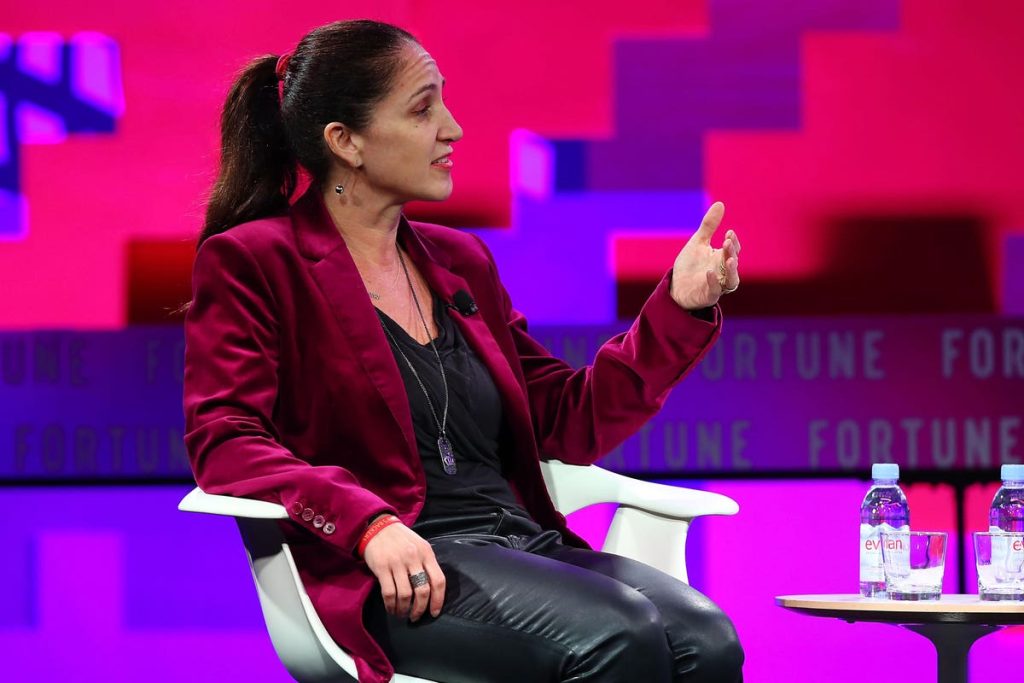Consumer fintech is not dead. It just still needs to solve the fundamental financial demands of most Americans.
The fintech industry faces its fair share of challenges this year. Turmoil in the banking sector continues as interest rates rise and investor preferences are skewing towards business-to-business fintech companies. Yet, despite these obstacles, millions still have a massive opportunity to improve financial outcomes.
Globally, the rise of fintech coincides with increased financial inclusion. By 2021, 76% of adults worldwide had a bank or mobile account, up from 51% in 2011, Plaid data shows.
Unfortunately, this growth in financial inclusion is not evenly distributed. In the United States, 59% of adults have access to a bank or mobile account, which falls to 45% for those living in poverty, according to data from the Federal Deposit Insurance Corporation.
Millions of Americans still need to be included in the financial systems needed to access credit, build wealth, and even pay bills.
Capital Markets
Fintech startups attracted $15 billion in venture capital funding in the first quarter of the year, according to CB Insights’ latest report. Much of this funding comes from Stripe’s $6.5 billion mega-round in March.
Even when excluding Stripe’s outlier, B2B software as a service attracted 44% of the funding in 2023, in line with a trend of shifting away from business-to-consumer and even direct B2B in fintech. Still, B2C fintech garnered 34% of funding, according to Dealroom.co data.
To remain motivated by the potential of consumer fintech, we have to separate pessimism for capital markets from the ability of fintech companies to bridge wealth gaps and provide financial tools and services to those who need them most, said Liza Landsman, CEO of Stash.
“As long as we believe consumers will want to buy and sell stuff to have money later in their lives–no matter what the capital markets are doing–this criticism will remain a fallacy,” she told me in an interview. “There are billions of underserved people who don’t have access to financial services–the power of fintech is its ability to bridge this gap.”
Financial Fundamentals
Consumer fintech is an area subject to arguments of oversaturation. However, most consumer fintech has focused on the bells and whistles of investing and wealth management, which leaves a large portion of the mass market underserved.
While there are seemingly endless options for retail investing platforms, 44% of Americans can only cover a $400 emergency expense if they borrow or sell something. On top of that, the World Bank’s Global Findex database reports around 1.7 billion adults worldwide, approximately 31% of the world’s adult population, do not have access to formal financial services such as bank accounts, credit cards, or loans.
Consumer fintech companies need to refocus on financial fundamentals. Consumers are increasingly demanding that their fintech applications help them learn more about building an emergency fund, checking and improving their credit score, and starting a savings habit, according to Plaid’s 2022 Fintech Report.
It’s time to shift the focus back to creating solutions that address the actual financial needs of the average person.
Healthy Habits
One of the keys to success for consumer fintech companies is to create better customer financial habits. So rather than just adding more products, fintech companies should focus on helping people break through mental barriers and develop healthier financial behaviors, said Daniel Crosby, Chief Behavioral Officer at Orion Advisor Solutions.
“By cultivating these habits, customers can see compounding benefits over time, such as increased retirement savings and improved financial health,” he told me in an interview.
Of course, building these habits takes time, and it can be challenging to judge success in the short term. But for companies committed to the long game, there’s a huge opportunity to make a difference in people’s lives while capturing market share.
For example, through better financial literacy education and budgeting tools, consumers can take control of their finances and create generational wealth. This kind of long-term impact is invaluable and something that companies should strive for when developing their user engagement strategies.
Experiences Over Services
The future of consumer fintech lies in its ability to create experiences, not just services. To do this, companies must learn to maximize micro-moments and raise anticipation in building financial stability.
Fintech companies should think back to basics and develop creative solutions to give users real-time visibility into their finances and personalized guidance on managing their money by focusing on the basics of savings, budgeting, and healthy financial habits.
Despite market uncertainty, consumer fintech is still alive and well. As long as there are still people with unmet financial needs, technology will continue to play an increasingly important role in enabling these transactions.
Read the full article here



